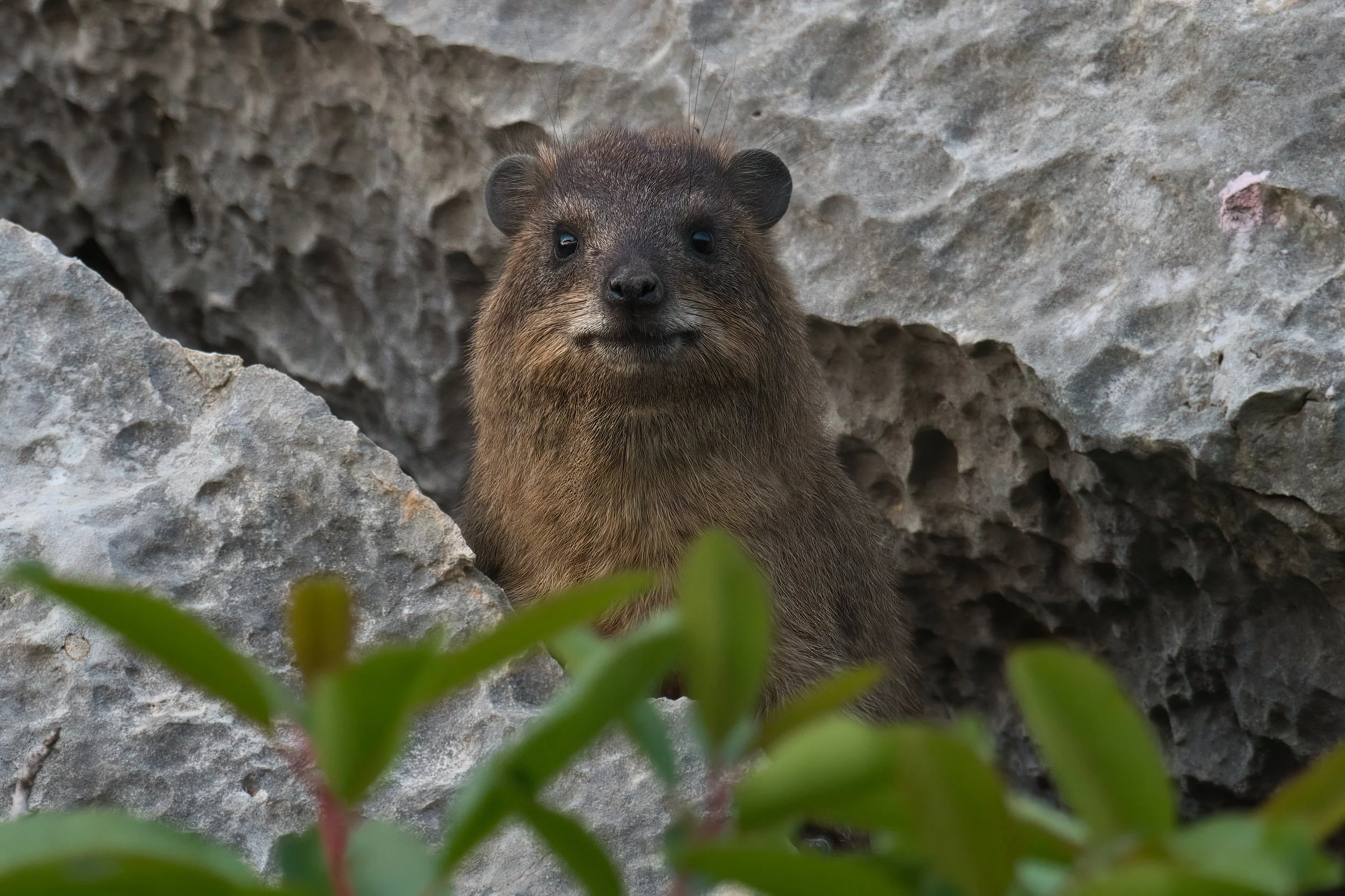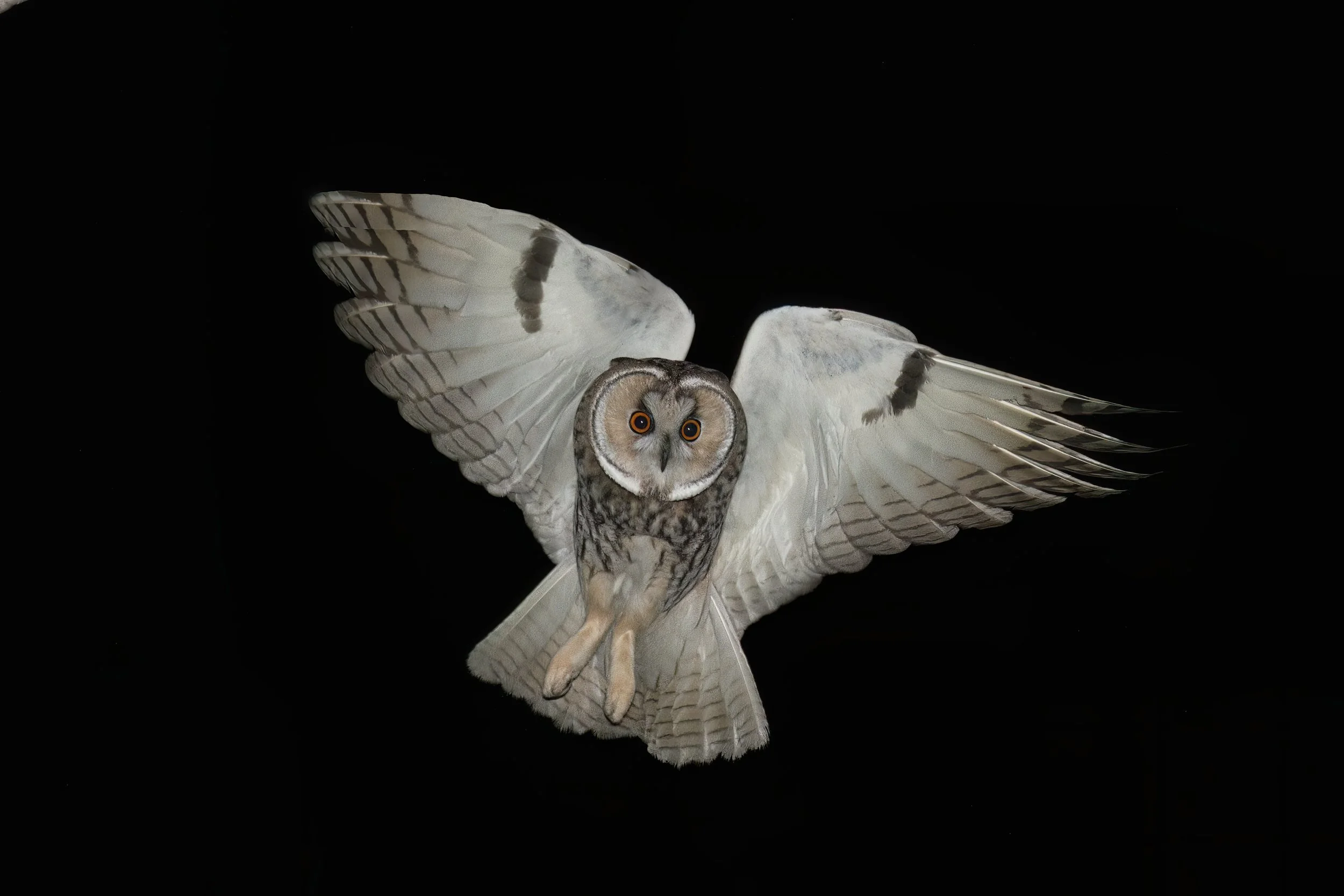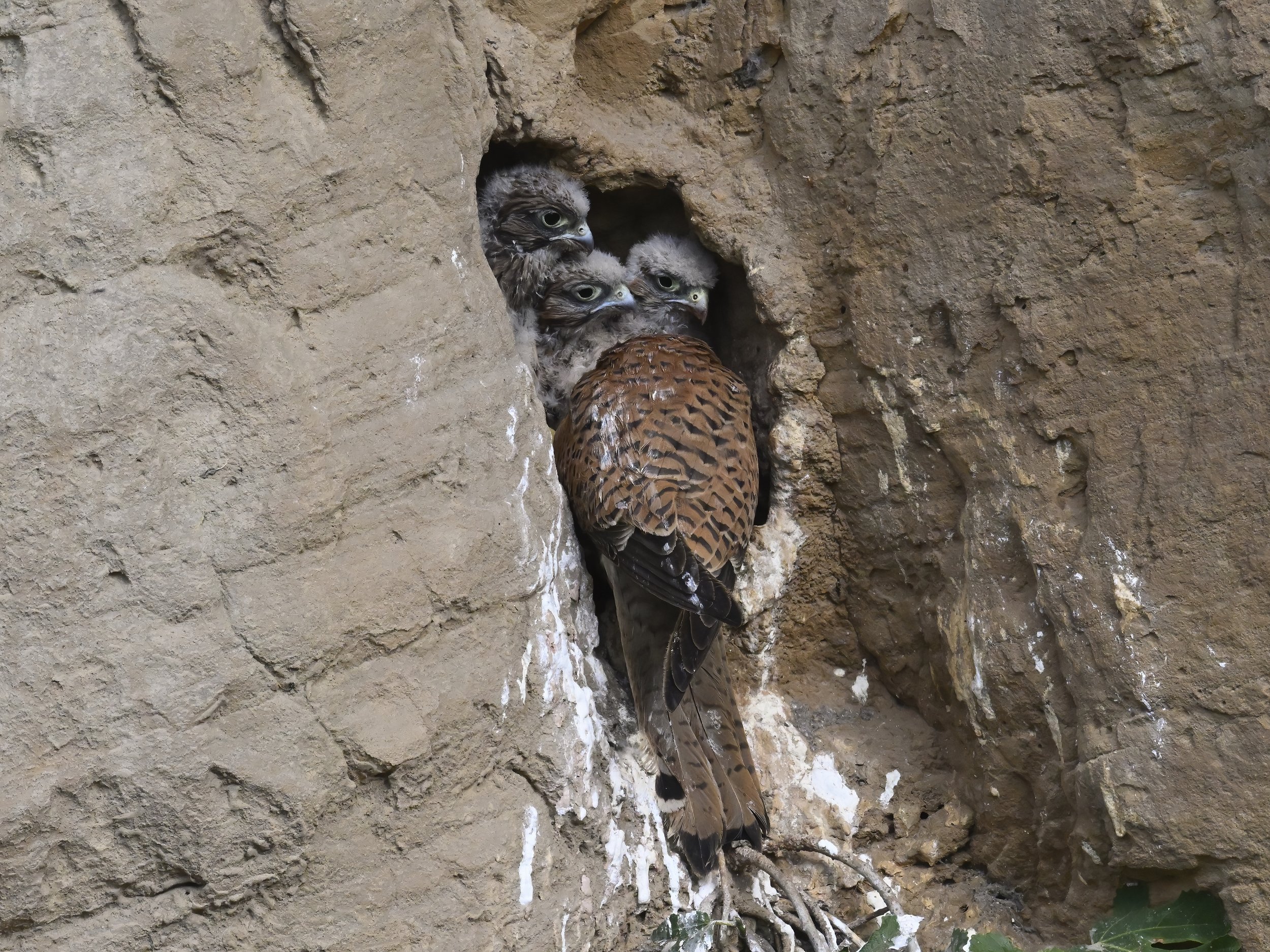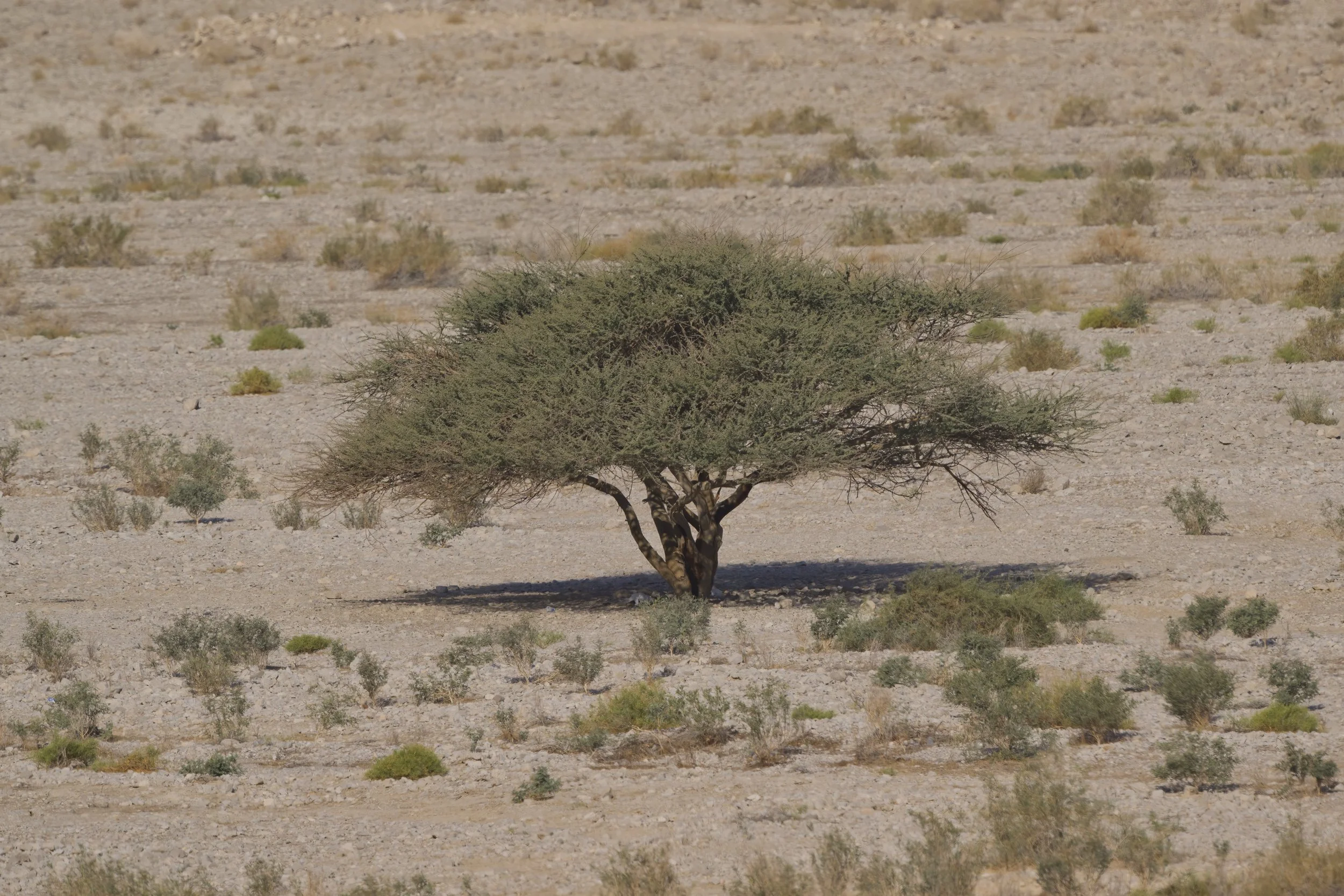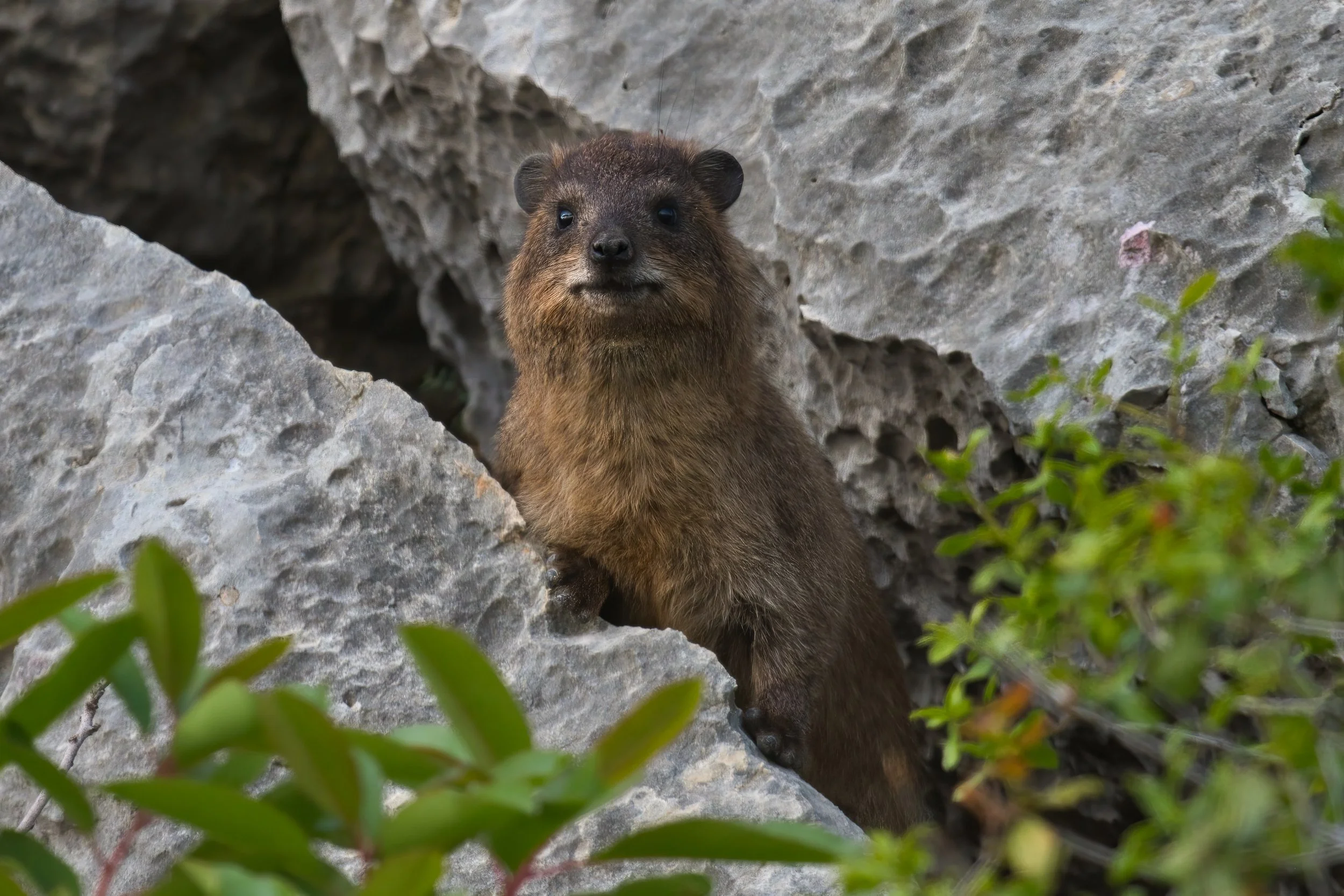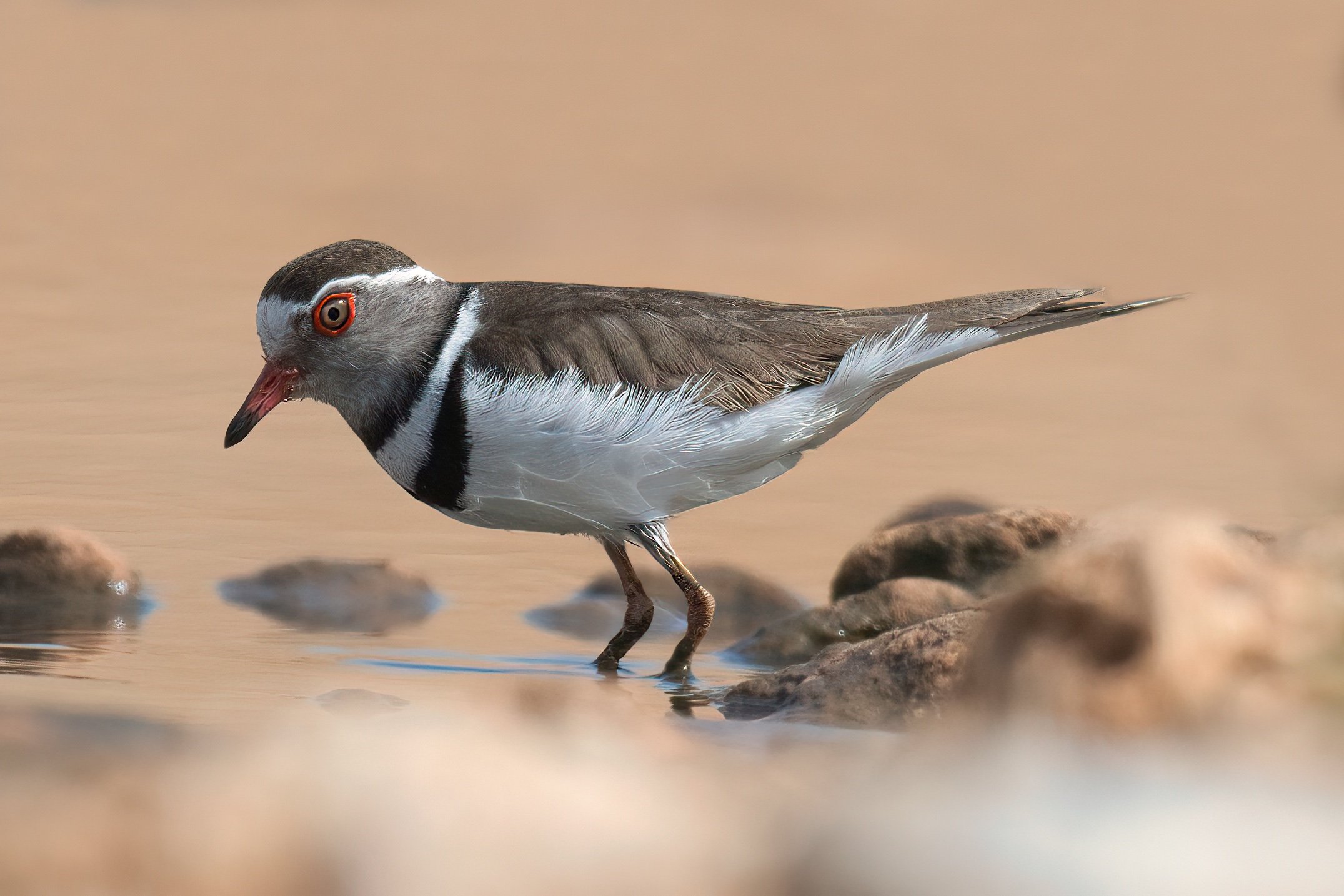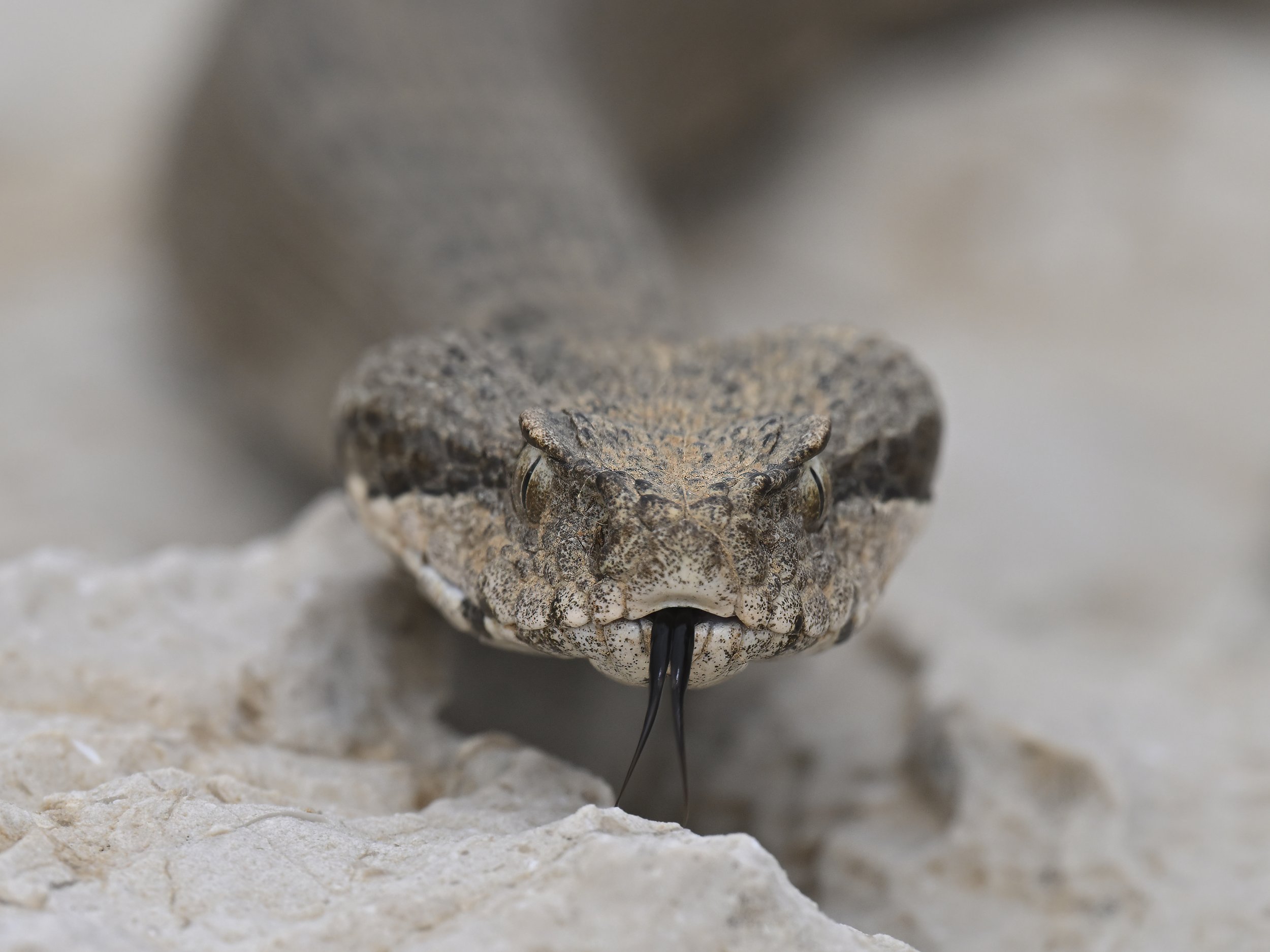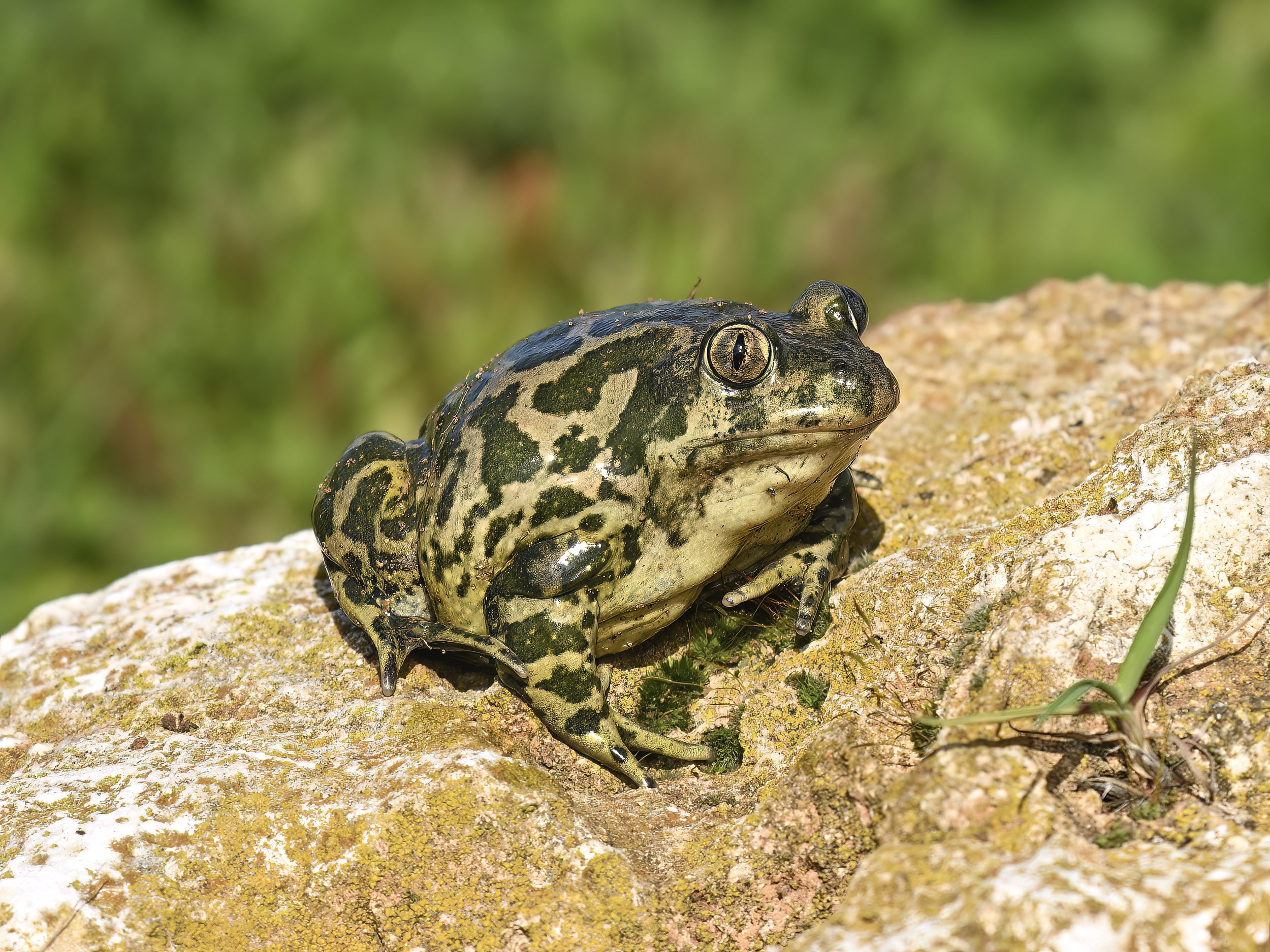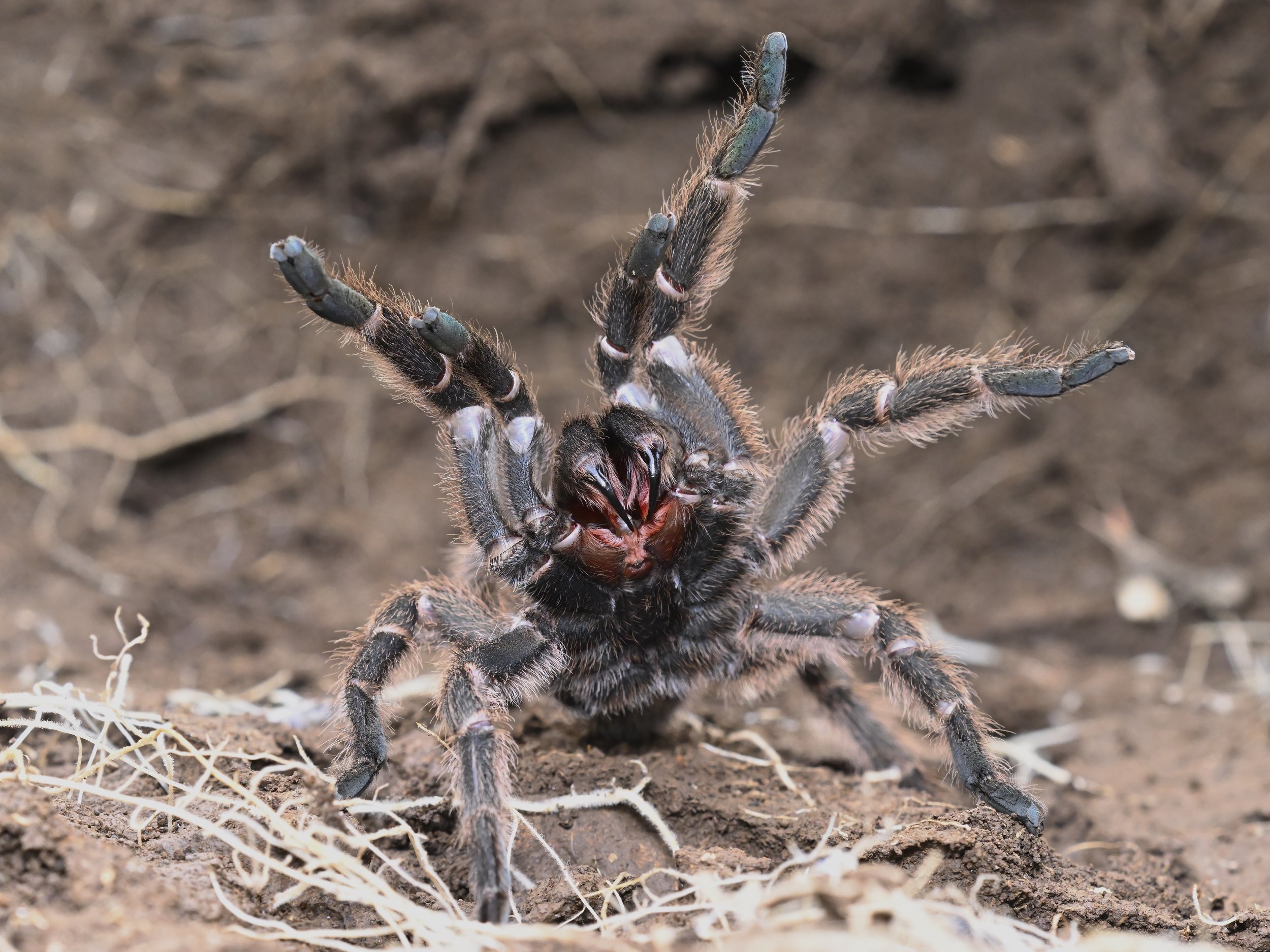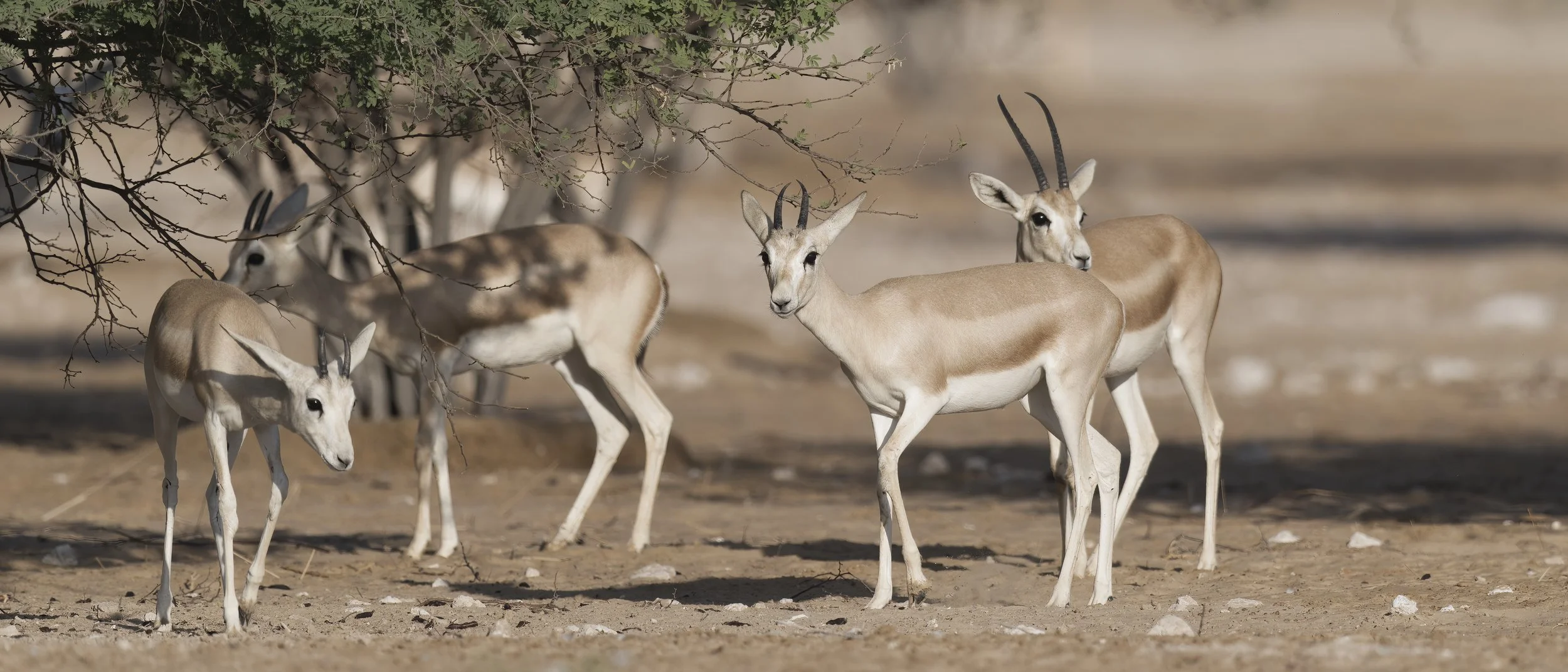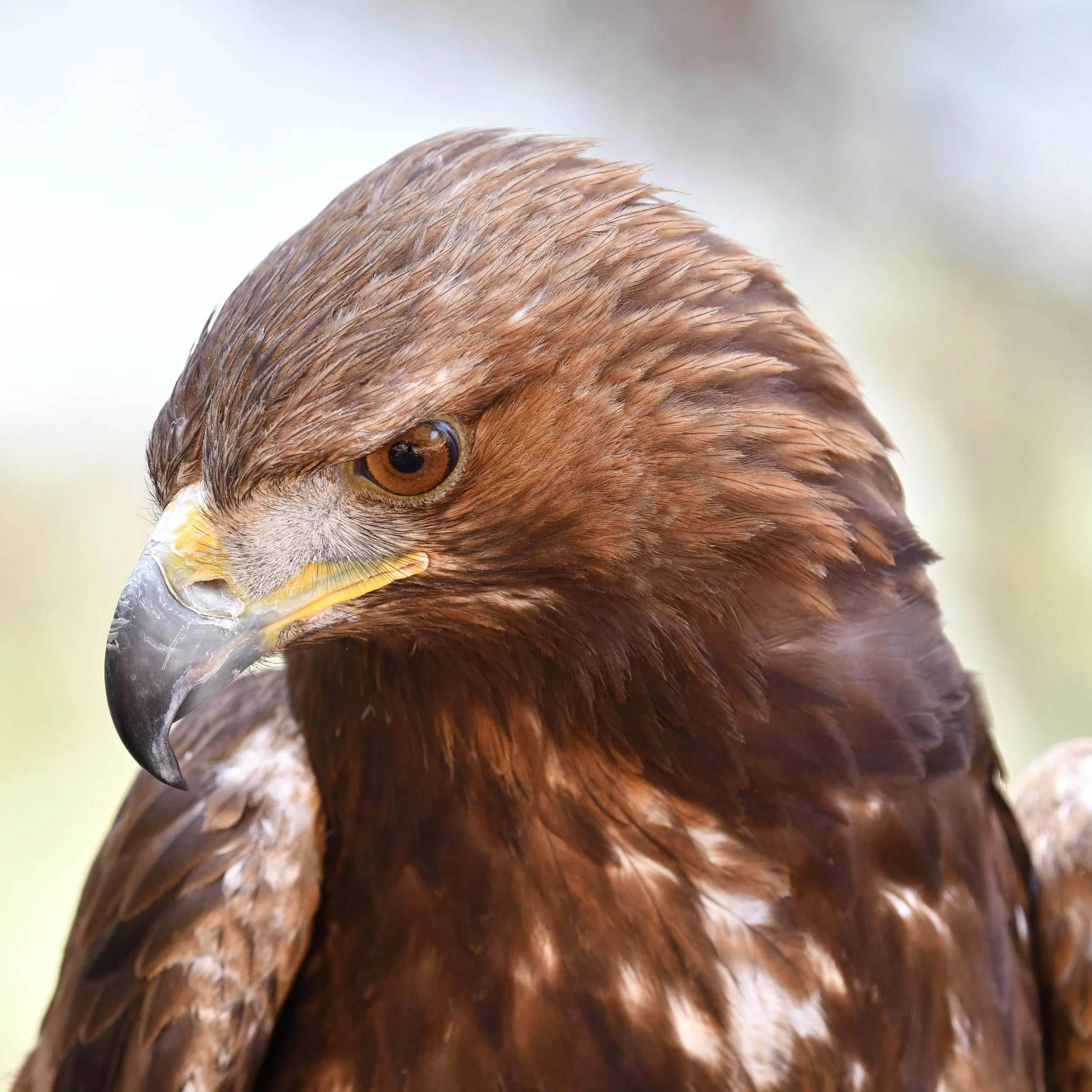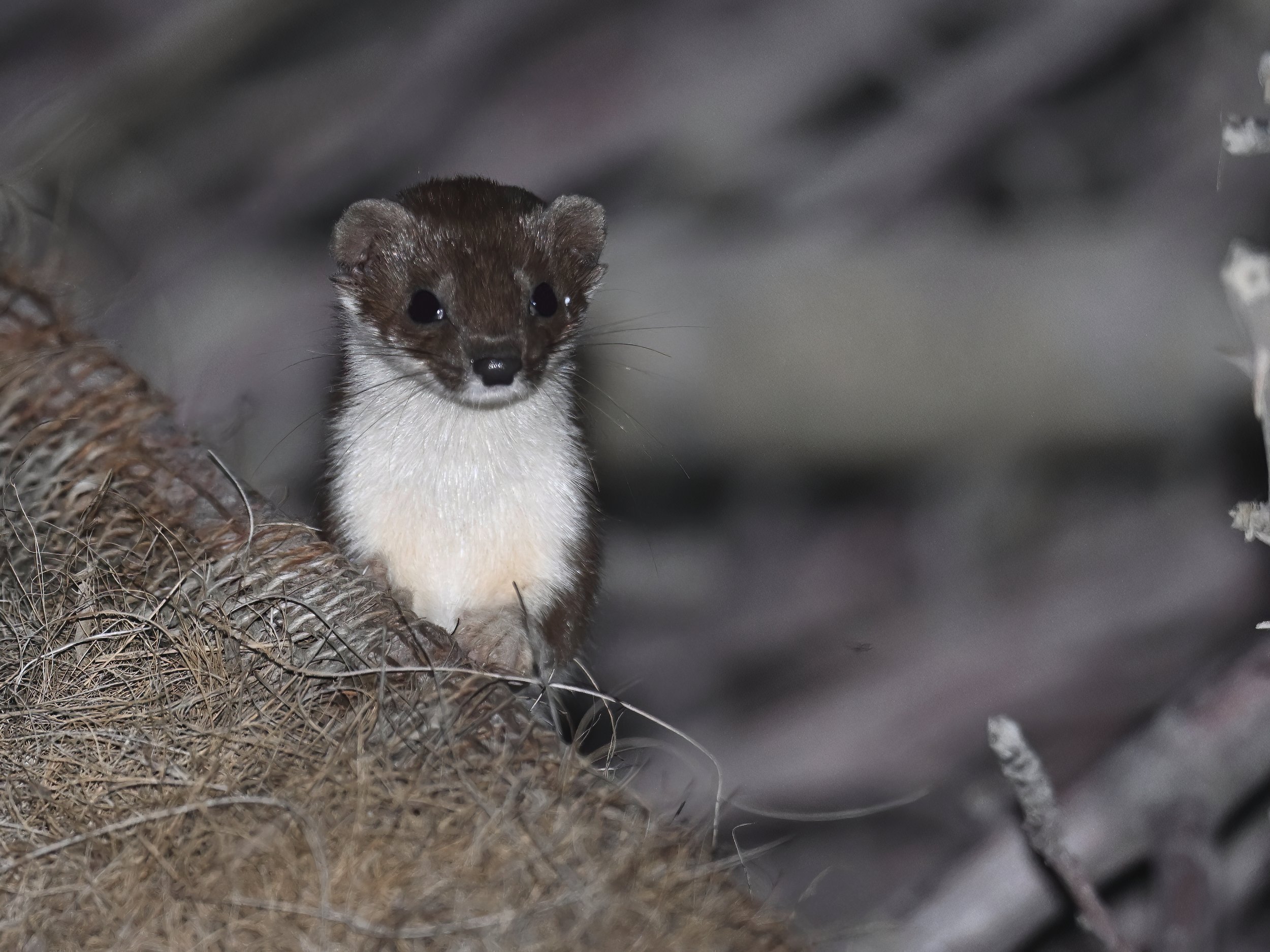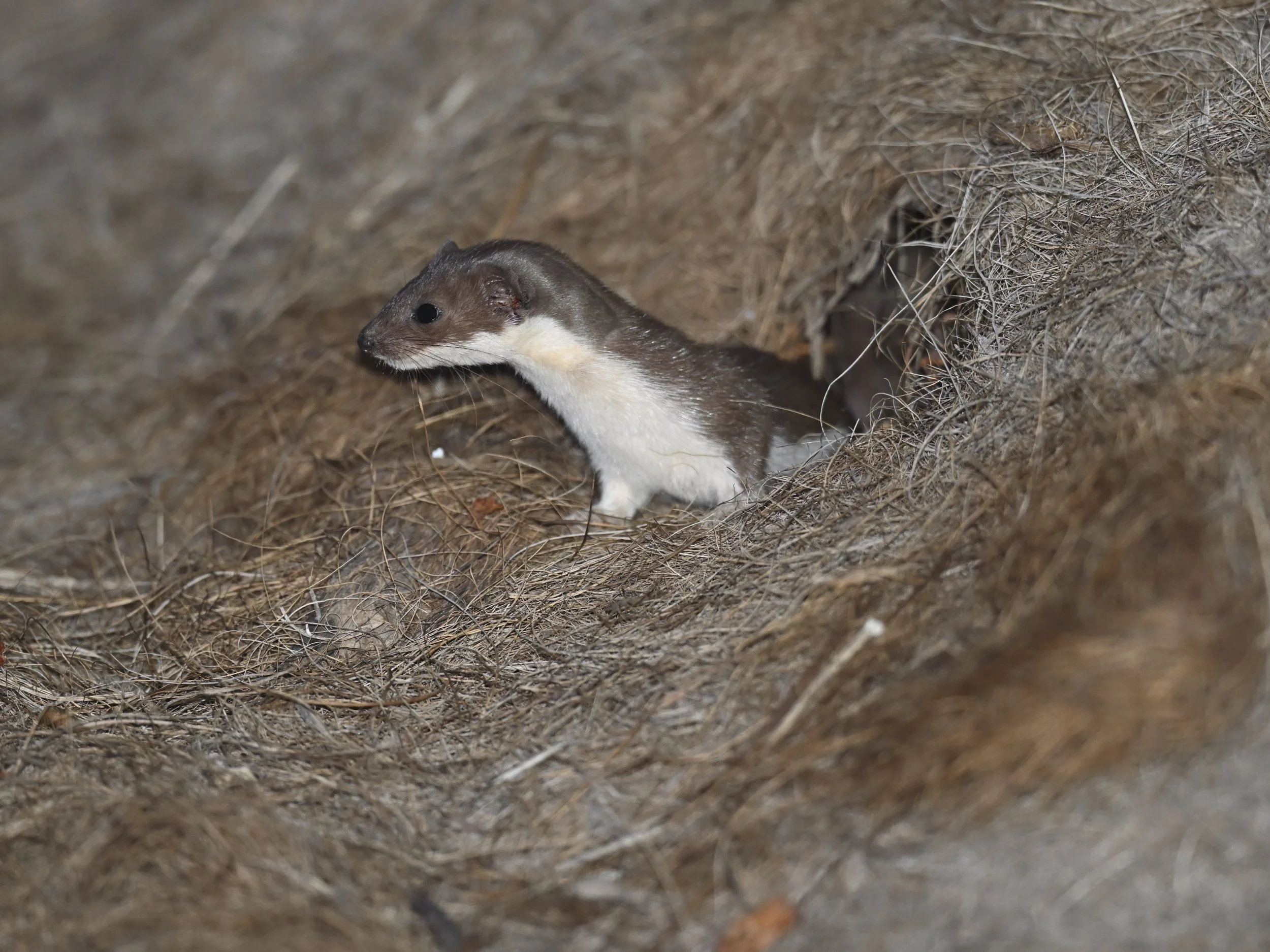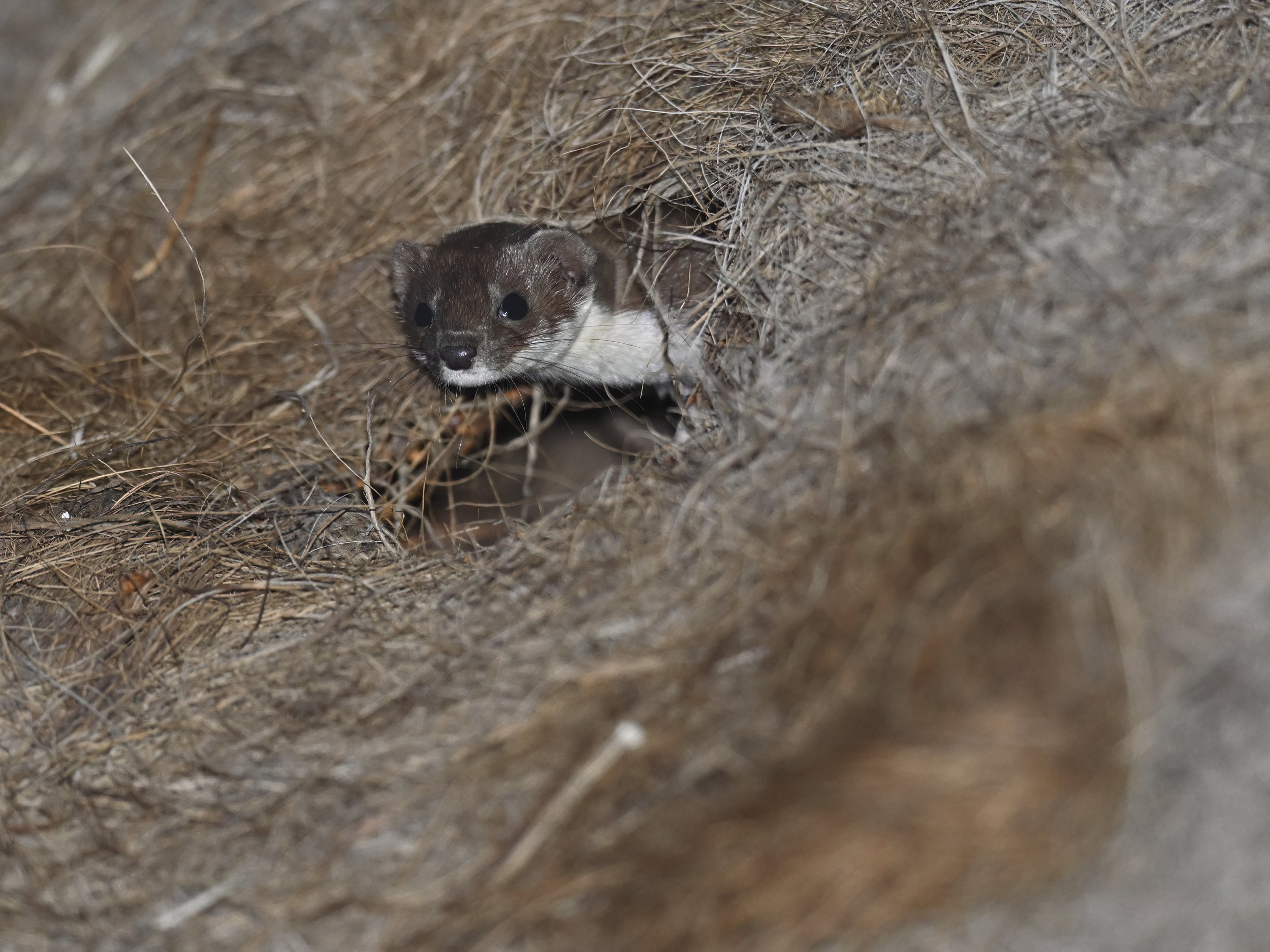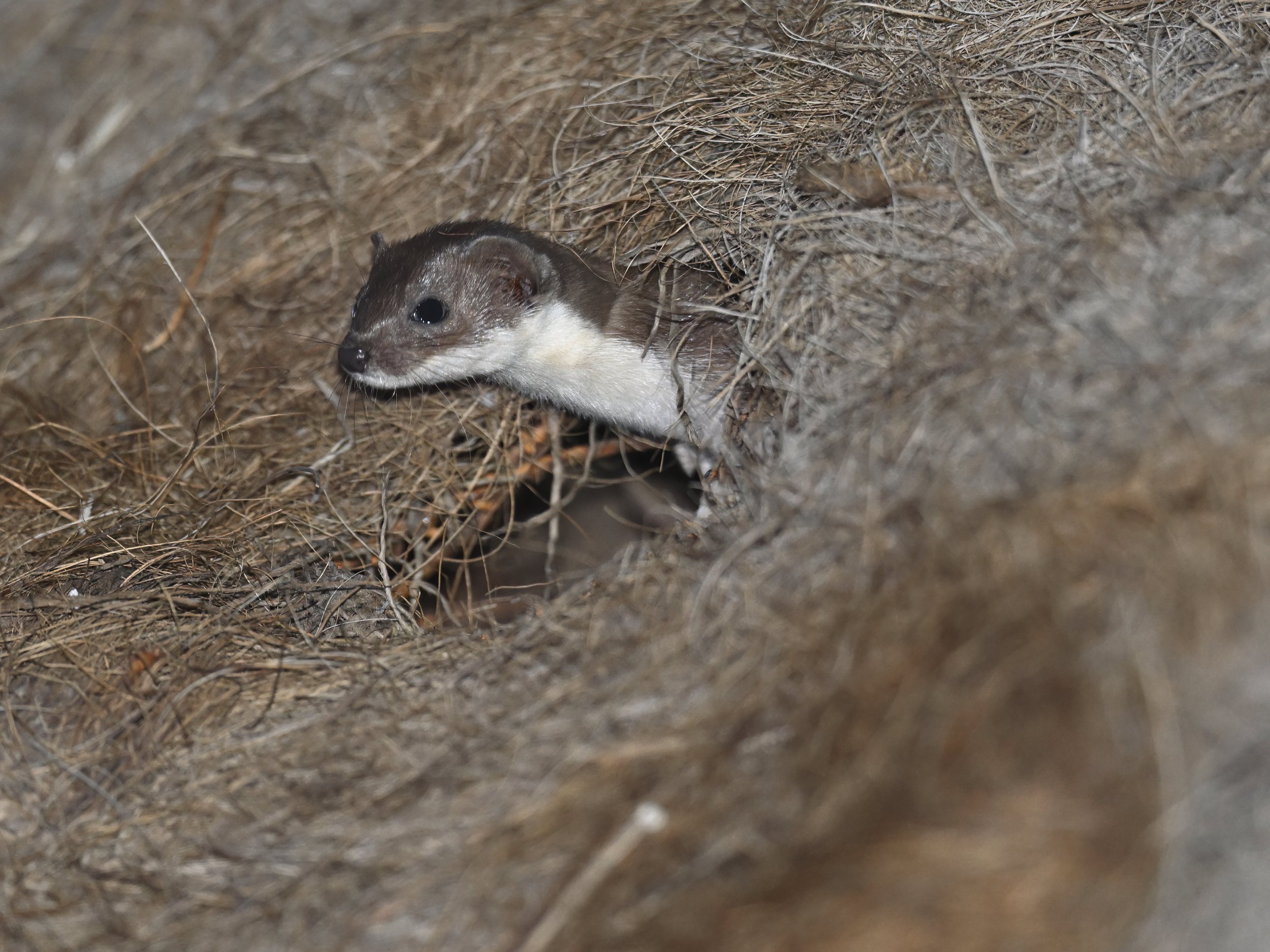Least Weasel (Mustela nivalis) **
The Least Weasel has a broad geographic range and can be found across North America, Europe, Asia, and parts of North Africa. Its habitat is diverse, including:
Grasslands: Open fields and meadows where it can hunt small rodents.
Woodlands: Forested areas that provide cover and abundant prey.
Farmlands: Agricultural fields where it can find rodents and other small animals.
Tundra and Alpine regions: Adapted to cold climates, it can survive in harsh environments with sparse vegetation.
Urban areas: Occasionally, Least Weasels are found in gardens and buildings, where they hunt pests.
The Least Weasel is remarkably small, even among weasels. Key characteristics include:
Size: Adult males typically measure 6-10 inches (15-26 cm) in length, including a 1-2 inch (2.5-5 cm) tail. Females are smaller, usually 4-8 inches (11-20 cm) long.
Weight: Males weigh around 1-2.5 ounces (25-70 grams), while females weigh 0.5-1 ounce (15-40 grams).
Body: Slim, elongated body with short legs, enabling it to pursue prey into burrows and tight spaces.
Fur: In summer, the fur is brown with a white underbelly. In colder climates, some populations molt to an all-white winter coat for camouflage against snow.
The Least Weasel is a carnivorous predator with a diet primarily consisting of:
Rodents: Mice and voles are staple prey, making up the majority of their diet.
Small Mammals: Including shrews and young rabbits.
Birds: Occasionally, they hunt small birds and bird eggs.
Insects: In the absence of larger prey, insects can be a food source.
Amphibians: Such as frogs and lizards, especially in regions where these are abundant.
The Least Weasel is an adept hunter, with several notable skills:
Speed and Agility: Its slender body and short legs allow it to move swiftly and with great agility, ideal for chasing prey through narrow burrows.
Sense of Smell and Hearing: Highly developed senses help locate prey, even in dense vegetation or underground.
Killing Method: Typically kills prey with a bite to the back of the neck, severing the spinal cord.
Hunting Technique: Often hunts by scent-trailing, flushing out prey from hiding spots, or waiting in ambush near burrows.
Activity: Mostly active during twilight and night (crepuscular and nocturnal), but can be active during the day if food is scarce.
The reproductive habits of the Least Weasel include:
Breeding Season: Varies with region, typically from spring to autumn in temperate areas.
Gestation: Lasts about 34-37 days.
Litter Size: Females give birth to 3-6 kits per litter, though larger litters of up to 10 have been recorded.
Weaning: Kits are weaned at around 4-5 weeks old.
Maturity: Young weasels reach sexual maturity at about 3-4 months.
| NOT EVALUATED | DATA DEFICIENT | LEAST CONCERN** | NEAR THREATENED | VULNERABLE | ENDANGERED | CRITICALLY ENDANGERED | EXTINCT IN THE WILD | EXTINCT |
|---|---|---|---|---|---|---|---|---|
| NE | DD | LC | NT | VU | EN | CR | EW | EX |




